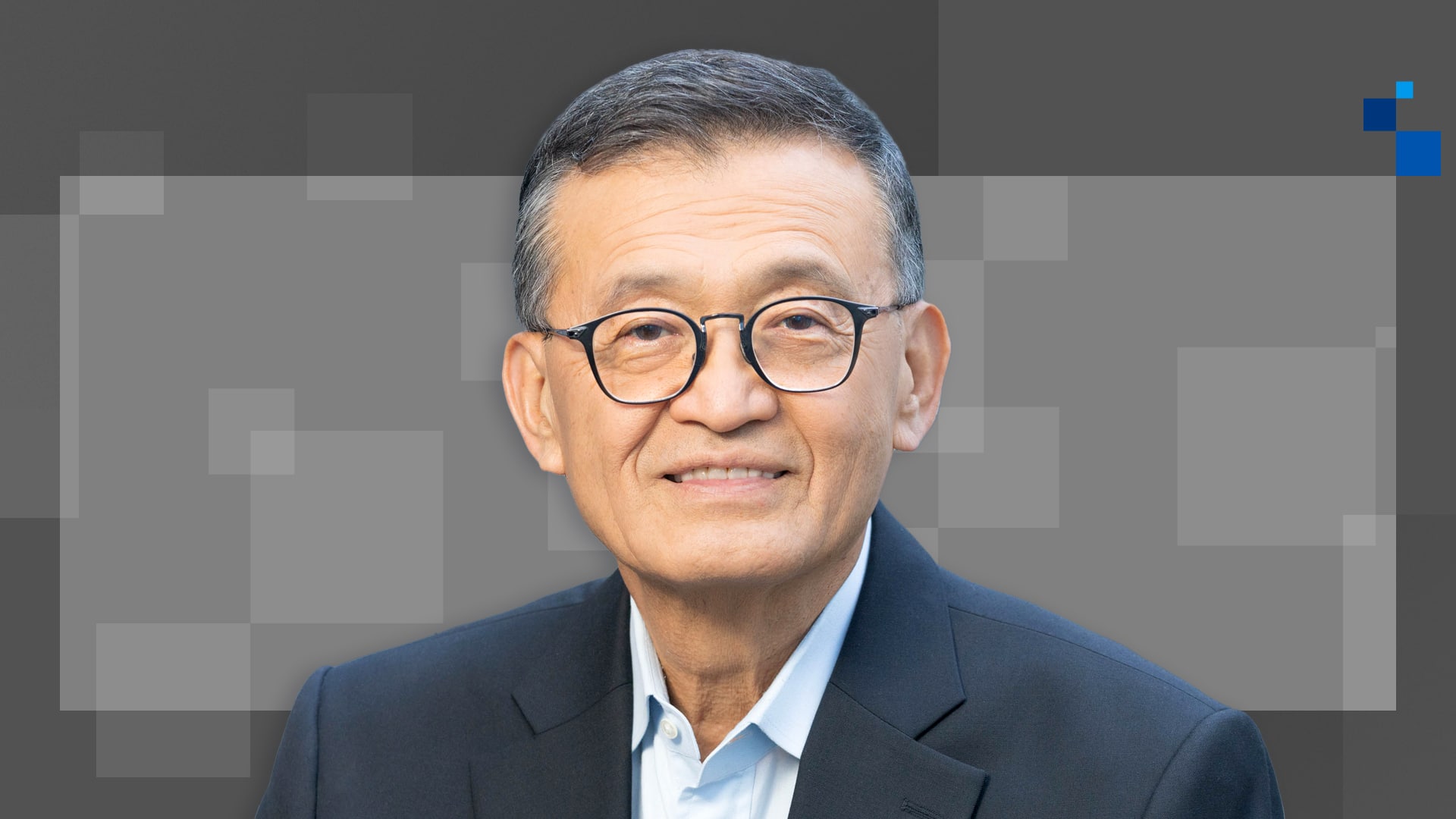In an unexpected turn of events, U.S. President Donald Trump has gone from demanding the immediate resignation of Intel CEO Lip-Bu Tan to welcoming him to the White House with honors and praise. The meeting, held alongside Commerce Secretary Howard Lutnick and Treasury Secretary Scott Bessent, occurs during a critical period for the American semiconductor giant, which is struggling to regain ground against TSMC and establish itself as a pillar of national security.
The gathering was not merely a ceremonial act. Behind the scenes, a technological war is underway between Washington and Beijing, with a clear focus on reducing China’s dependence on supply chains and safeguarding the production of strategic chips. Tan’s previous ties to Chinese companies had been questioned, but after the meeting, Trump radically changed his tone:
“His success and rise are an incredible story,” the president said on Truth Social, adding that his cabinet would work with the Intel executive to develop proposals in the coming days.
Just a few days ago, Trump accused Lip-Bu Tan of being “very conflicted” and called for his immediate removal. However, markets reacted positively to the meeting, with Intel’s stock rising, reflecting investors’ confidence that this rapprochement could unlock the company’s future.
Intel is at a pivotal moment: it needs to expand its foundry business, attract external clients to manufacture its chips, and achieve economies of scale to justify billions in new plant and process investments. Without this expansion, maintaining competitive prices and recouping invested capital will be challenging. Tan appears to be following a strategy similar to what Pat Gelsinger promoted in the past, but adapted to the current geopolitical tensions.
In response to the meeting, Intel issued an official statement highlighting the company’s willingness to work with the Trump administration:
“Earlier today, Mr. Tan had the honor of meeting with President Trump for an honest and constructive discussion about Intel’s commitment to strengthening America’s technological and manufacturing leadership. We appreciate the president’s strong leadership in advancing these crucial priorities and look forward to working closely with him and his administration to restore this great American company.”
The semiconductor leadership race is not limited to an Intel–TSMC duel. China aims to concentrate 33% of global chip production within its borders, prompting Washington to bolster its two main allies in this sector: one domestically (Intel) and the other abroad (TSMC). Striking the right balance between them will be key to maintaining a secure and competitive supply chain against Chinese companies.
Next week, the first measures resulting from this meeting are expected to be announced, as each decision could significantly influence the global race for technological dominance.
Frequently Asked Questions (FAQ)
1. Why is Intel so important to U.S. national security?
Because it’s the only U.S.-based company capable of manufacturing advanced logic semiconductors on domestic soil—a crucial factor for technological independence.
2. What role does TSMC play in this strategy?
TSMC is the largest contract chip manufacturer in the world and a strategic partner for the U.S., though most of its production is in Taiwan.
3. What does it mean that Intel wants to expand its foundry business?
It means Intel aims to produce chips not only for its own products but also for third parties, like TSMC, to increase revenue and leverage investments in manufacturing facilities.
4. Could this meeting influence new tariff or subsidy policies?
It’s possible. Trump has shown willingness to use tariffs and subsidies to protect domestic semiconductor production, which could benefit Intel.

